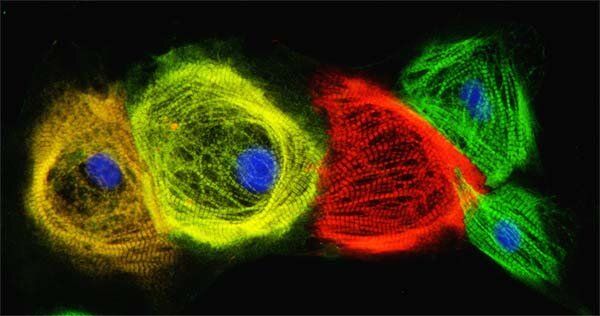These days, scientists can collect a few skin or blood cells, wipe out their identities, and reprogram them to become virtually any other kind of cell in the human body, from neurons to heart cells.
The journey from skin cell to another type of functional cell involves converting them into induced pluripotent stem cells (iPSCs), which are similar to the developmentally immature stem cells found in embryos, and then coaxing them to mature into something different.
But the process runs on an invisible clock, one in which scientists are interested in speeding up so adult-like cells are available when needed, whether for testing drugs for precision medicine, transplanting to repair injury or defect, or better understanding basic biology. It involves an FDA-approved compound called polyinosine-polycytidylic acid, or pIC, a double-stranded RNA molecule that activates a cell’s innate defense system. The compound is commonly used to boost vaccines and chemotherapy. The researchers found that when added to induced pluripotent stem cells undergoing the process of transitioning into cardiac muscle cells, pIC accelerated cellular maturation.
